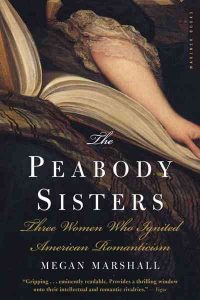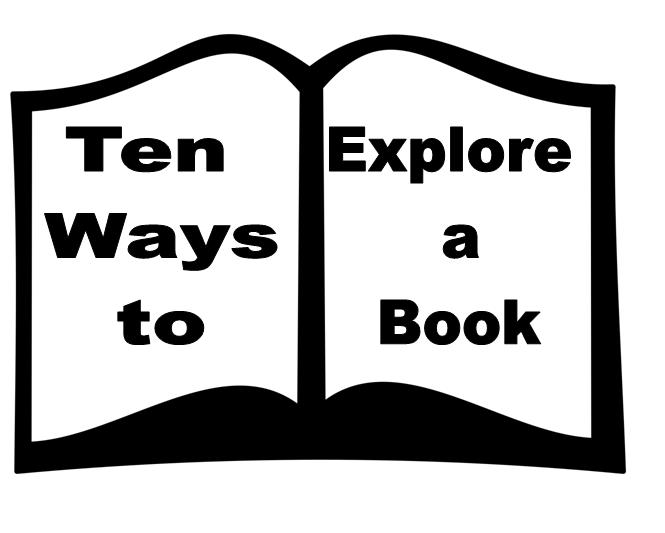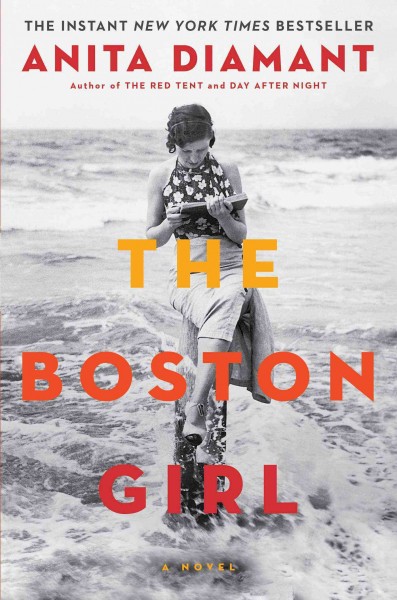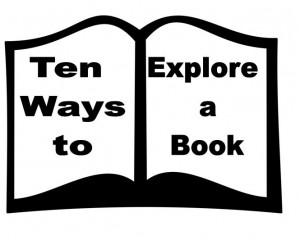
If you aren’t a regular West Branch patron, you may be wondering where Wednesdays @ West has been over the past couple of months. We’re on a bit of a hiatus because I, the author of these fabulous bi-weekly blog posts, have temporarily moved to the Main Library to serve as Interim Assistant Director until the library’s new permanent Director is hired. But the gracious and wonderful staff member who oversees our blog is allowing me to still pop in occasionally when the spirit moves me. So today, I bring to you a special Ten Ways to Explore a Book that focuses on American Treasures by Stephen Puleo.
As regular readers of this blog know, I am a bit of a history and political geek, so it’s unsurprising that I would be a fan of this book. American Treasures charts the creation and little-known (but thrilling) journeys of America’s most priceless documents, the Declaration of Independence, the Constitution, and the Gettysburg Address. Until reading American Treasures, I, like most people, was unaware of all of the intriguing history behind our nation’s founding documents and the great lengths that Americans in times past have gone through to protect and defend them during times of national danger. If you enjoy American Treasures as much as I did, I invite you to extend your reading experience in the following ways:
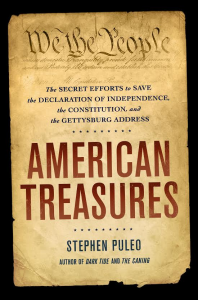
 Come meet Stephen Puleo at the West Branch next Thursday, May 18th at 7pm. Mr. Puleo will discuss American Treasures, answer questions and sign his books. We’ll have his books for sale from Wicked Good Books in Salem. If you plan to come, please let us know by signing up at our events calendar.
Come meet Stephen Puleo at the West Branch next Thursday, May 18th at 7pm. Mr. Puleo will discuss American Treasures, answer questions and sign his books. We’ll have his books for sale from Wicked Good Books in Salem. If you plan to come, please let us know by signing up at our events calendar.- In preparation for hearing Mr. Puleo speak or if you can’t attend, listen to his radio interview with WBUR about American Treasures.
 3. Read America’s founding documents. It’s pretty much impossible to read American Treasures and not come away with a renewed understanding and appreciation for the importance of the Declaration of Independence, the Constitution, the Bill of Rights and other documents that helped create or sustain the United States. With all your newfound knowledge, you’ll want to explore, for the first or the tenth time, the actual text of these amazing pieces of history. The National Archives website allows you to look at images of the originals and transcripts.
3. Read America’s founding documents. It’s pretty much impossible to read American Treasures and not come away with a renewed understanding and appreciation for the importance of the Declaration of Independence, the Constitution, the Bill of Rights and other documents that helped create or sustain the United States. With all your newfound knowledge, you’ll want to explore, for the first or the tenth time, the actual text of these amazing pieces of history. The National Archives website allows you to look at images of the originals and transcripts.
4. American Treasures does a great job explaining the principles that guide the American Republic in the context of the Constitutional Convention debates. To learn more about how these ideals influence the workings of democracy now and throughout the country’s history, watch one or more of the videos produced by the Bill of Rights Institute on the Constitutional Principles.
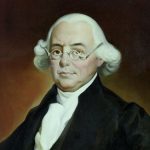
5. The National Constitution Center is about to debut an exhibit which shares both a title and a subject with Stephen Puleo’s book. If you’re going to be in the Pennsylvania area this summer, it sounds like the exhibit alone is worth a side trip. If not, you can listen to a podcast about the roll that Pennsylvania’s native son, James Wilson, played in writing the Constitution. Starting tomorrow, you can also explore the entire American Treasures exhibit interactively from the comfort of your home or library.
6.  FDR’s Librarian of Congress, Archibald MacLeish, played a crucial role in ensuring that America’s treasures were safely hidden and protected during the Second World War. The details Puleo provides about MacLeish show what an interesting individual he was. As it happens, our current Librarian of Congress, Carla Hayden, is a similarly cool American, who is worth reading about and perhaps, following on Twitter.
FDR’s Librarian of Congress, Archibald MacLeish, played a crucial role in ensuring that America’s treasures were safely hidden and protected during the Second World War. The details Puleo provides about MacLeish show what an interesting individual he was. As it happens, our current Librarian of Congress, Carla Hayden, is a similarly cool American, who is worth reading about and perhaps, following on Twitter.
7. Speaking of the Library of Congress, it happens to be a real trove of American treasures. If you’re heading to D.C., make sure the LOC is on your itinerary, but make sure you also check out the Library of Congress website so you can marvel at all that’s available.

8. A trip to Pennsylvania or D.C. is not the only way to immerse yourself in the history of our founding era. If you’d like a reminder of the role that Massachusetts played in the birth of the United States, take a stroll down the Freedom Trail on a nice day this spring.
9. American Treasures recounts the fascinating battle over the upper house of Congress that took place during the Constitutional Convention. None other than George Washington described the proper role of the United States Senate this way: “We pour legislation into the senatorial saucer to cool it.” The Senate is, in fact, an unusual legislative body with its own culture and set of norms. To learn more about the Senate, take a trip over to the Edward Kennedy Institute for the United States Senate in Boston where you can assume the role of a Senator during your trip and debate legislation in a manner that would make Washington, Madison, and Franklin proud.
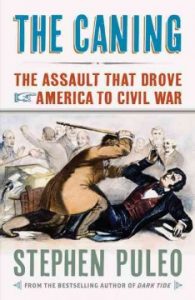 Once you’ve soaked up your fill of information about the most important documents in the United State, you can further extend your fascinating historic knowledge by reading some of Stephen Puleo’s other narrative nonfiction: The Caning, Dark Tide, A City So Grand, The Boston Italians and Due to Enemy Action.
Once you’ve soaked up your fill of information about the most important documents in the United State, you can further extend your fascinating historic knowledge by reading some of Stephen Puleo’s other narrative nonfiction: The Caning, Dark Tide, A City So Grand, The Boston Italians and Due to Enemy Action.

